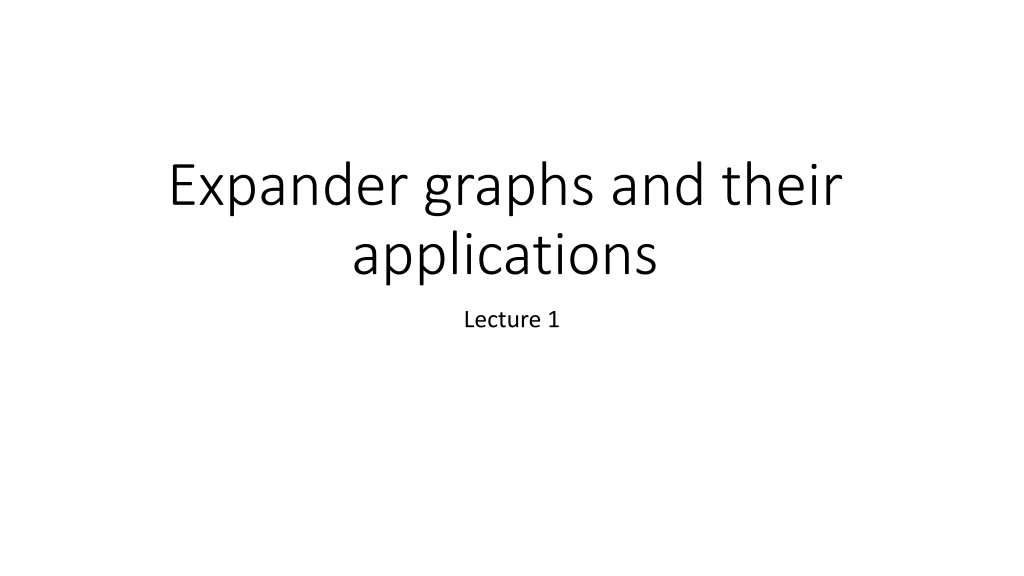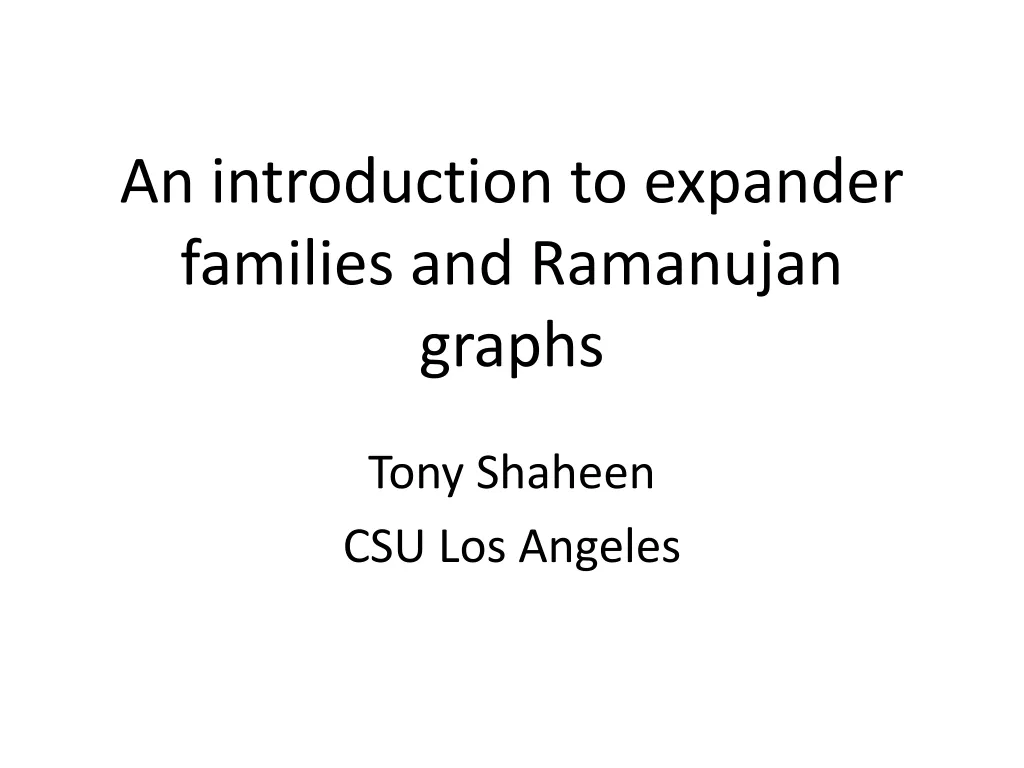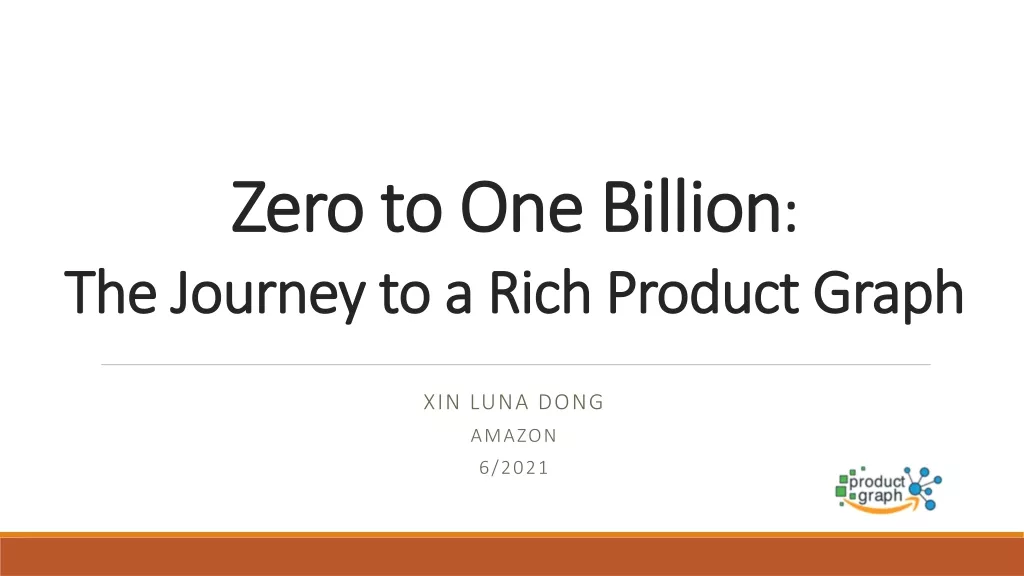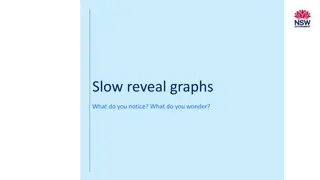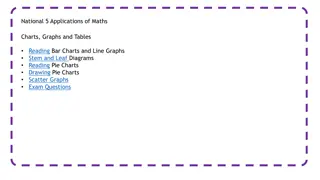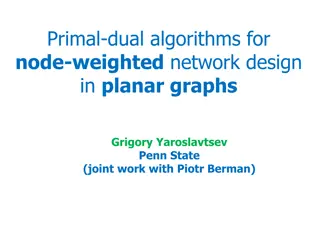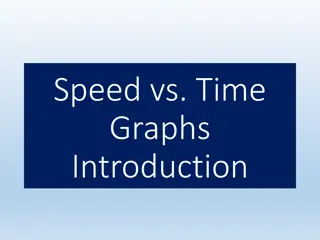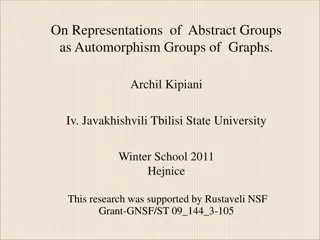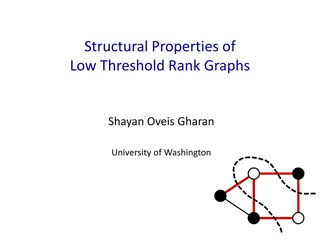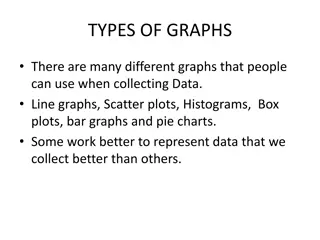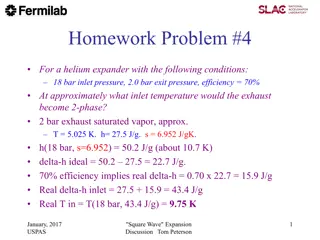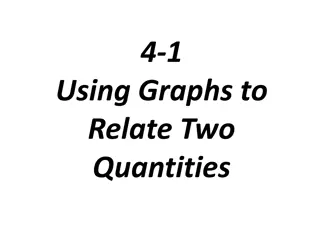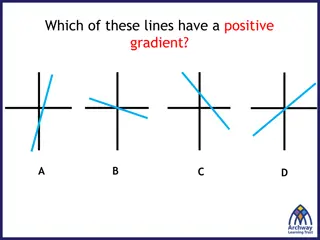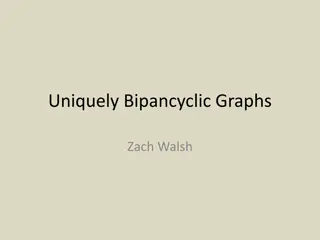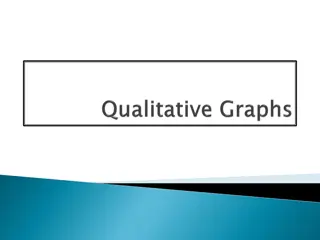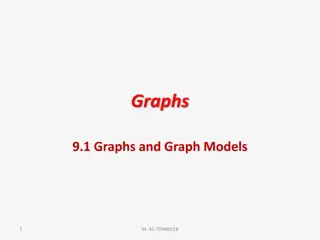Expander Graphs and Their Applications
Dive into the world of expander graphs and their diverse applications in communication networks, group relations, and computational complexity theory. Gain insights into the fundamental properties of graphs, the concept of graph expansion, and intriguing problems such as hardness results for linear transformations and construction of error-correcting codes.
Download Presentation

Please find below an Image/Link to download the presentation.
The content on the website is provided AS IS for your information and personal use only. It may not be sold, licensed, or shared on other websites without obtaining consent from the author.If you encounter any issues during the download, it is possible that the publisher has removed the file from their server.
You are allowed to download the files provided on this website for personal or commercial use, subject to the condition that they are used lawfully. All files are the property of their respective owners.
The content on the website is provided AS IS for your information and personal use only. It may not be sold, licensed, or shared on other websites without obtaining consent from the author.
E N D
Presentation Transcript
Expander graphs and their applications Lecture 1
Course materials Course website: http://www.wisdom.weizmann.ac.il/~dinuri/courses/20- expanders/index.htm Main manuscript: https://www.cs.huji.ac.il/~nati/PAPERS/expander_survey.pdf
Graphs Fundamental way to describe relations between pairs Natural: relations between people, proteins, particles Artificial: Communication network Combinatorics: this is the most basic object Algebra: Cayley graphs describe relation of group elements Geometry: natural shortest-path metric Topology Probability: Convergence of Markov chains Which properties of graphs are universally important?
Expansion of graphs First defined in the 1970 s by Pinsker Definition can be given in 3 languages Combinatorially Probabilistically Algebraically
Three motivating problems: 1. Hardness results for linear transformations 2. Construction of good error correcting codes 3. Deterministic error amplification for RP (the class of randomized polynomial time algorithms with one-sided error)
Hardness for linear transformations Valiant s problem (1976) a classical lower bound problem :
I Hardness for linear transformations Valiant s problem (1976) a classical lower bound problem : Implementing matrix-vector multiplication takes n2 gates Counting = = > most linear transformations require many gates, ?2/log? Lower bound goal: find an explicit transformation with such complexity
Valiant conjectured that a super concentrator must have many edges, super-linear He later proved that that s not true! Expanders imply sparse super- concentrators
II Error Correcting Codes Shannon 1948 A mathematical theory of communication
?: 0,1? 0,1? Bob can decode by searching for nearest codeword If noise is moderate, and green points far apart can uniquely recover The relative distance of E is 1 ?min ? ? ????(? ? ,?(? )) ? = The rate is ? =? A code family is good if ?,? > 0 ? Are there good codes with efficient encoding / decoding?
III Error reduction in randomized algorithms Randomized algorithms are sometimes simpler, and more powerful, than deterministic ones Example: primality testing: given a number x, is it a prime number? Rabin-Miller and Solovay Strassen gave randomized algorithms for this problem A(x,r) is a (one-sided) randomized algorithm if for every input x, If x is prime, Prr[A(x,r)=yes] = 1 If x is not prime, Prr[A(x,r)=yes] < Can the error be decreased?
III Error reduction in randomized algorithms To decrease the error below , run the algorithm several times with fresh random strings r1,r2, ,rt. If x is prime, Prr1,r2, ,rt[A(x,r1)=A(x,r2)= =A(x,rt)=yes] = 1 If x is not prime, Prr1,r2, ,rt[A(x,r1)=A(x,r2)= =A(x,rt)=yes] < 1/2t Can this be done without using more random bits?
Exercise Exercise 1: show a lower bound on the number of linear transformations, and prove that most such require circuits with almost quadratic number of gates Exercise 2: show that if A is super regular then it is an adjacency matrix of a graph that is a super concentrator Exercise 3: show a greedy (non-algorithmic) construction of a code with positive rate and distance: enumerate all messages, and place their encoding in the large space in a greedy manner
